SOURCE: RAUNAK KUNDE / NEWS BEAT / IDRW.ORG
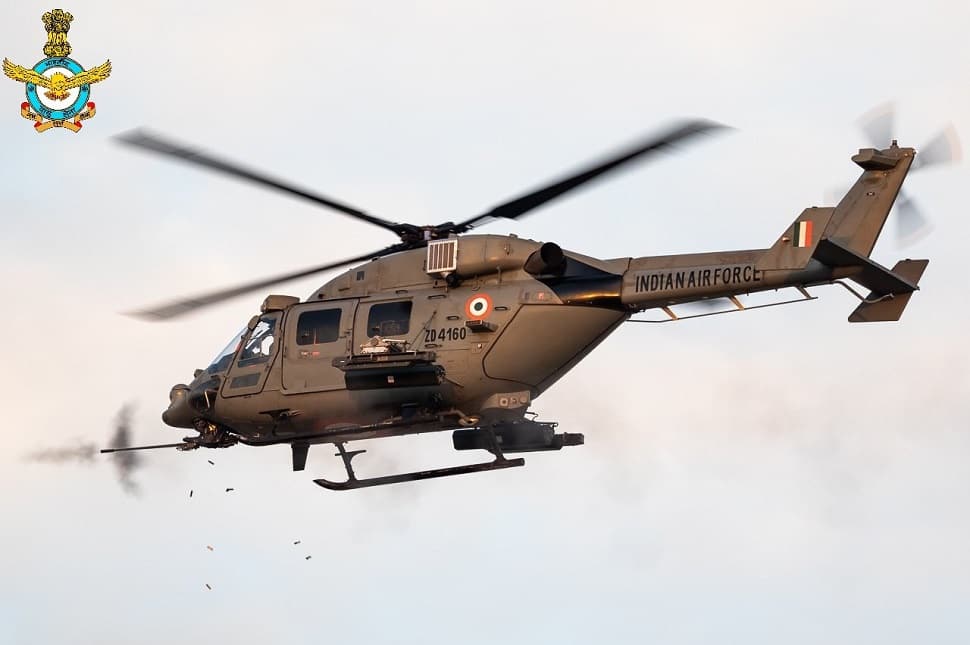
In a significant development for India’s defence and aerospace industry, Hindustan Aeronautics Limited (HAL) which received a Letter of Interest (LoI) from Argentina last month on the procurement of Advanced Light Helicopters (ALH) might eventually see a deal soon. The Chairman and Managing Director (CMD) of HAL, CB Ananthakrishnan, confirmed in a recent interview that Argentina is looking to acquire approximately 16 to 20 units of the ALH, with the potential for even more in the pipeline at a later stage.
The Argentine Army Aviation and Air Force are reported to have combined requirements of nearly 50 ALH helicopters if the deal comes to fruition. This potential deal could mark a significant milestone in India’s defence exports, showcasing the country’s ability to provide high-quality indigenous defence solutions to international partners.
Continue readingSOURCE: RAUNAK KUNDE / NEWS BEAT / IDRW.ORG
In a significant move towards strengthening India’s defence capabilities and achieving self-reliance in the aerospace sector, Hindustan Aeronautics Limited (HAL) is in the process of initiating price negotiations for GE Aviation’s F414INS6 engine. The confirmation comes from none other than CB Ananthakrishnan, the Chairman and Managing Director (CMD) of HAL, in an exclusive interview with Economic Times.
The F414INS6 engine is a critical component of India’s defence infrastructure, intended to power advanced fighter aircraft like the Tejas Mk2. This engine deal not only signifies an important partnership between HAL and GE Aviation but also embodies the essence of technology transfer and knowledge exchange, crucial for the development of indigenous aerospace technology.
Continue readingSOURCE: RAUNAK KUNDE / NEWS BEAT / IDRW.ORG
In a significant move toward enhancing defense collaboration between India and the United States, the Biden Administration has notified the US Congress about its decision to transfer technology for manufacturing GE-F 414 jet engines in India. This technology transfer is intended to support the production of the LCA Mark II aircraft by India’s Hindustan Aeronautics Limited (HAL). The notification, sent to Congress on July 28, signifies a major step forward in advancing India’s defense capabilities and fostering bilateral cooperation in the defense sector.
The deal, valued at approximately $1 billion, involves the full transfer of technology for the GE-F 414 jet engines. As part of the agreement, GE will transfer 80 percent of the technology required for manufacturing the engine in India. This technology infusion will enable India to domestically produce the engines, contributing to the country’s self-reliance and indigenous manufacturing capabilities in the defense sector.
Continue readingSOURCE: RAUNAK KUNDE / NEWS BEAT / IDRW.ORG
)
In a significant development that reflects the growing bilateral defence cooperation between India and Argentina, a delegation of Argentinean military officials recently visited the facilities of Munitions India Limited, a Pune-headquartered Defence Public Sector Undertaking (DPSU).
The visit aimed to explore avenues for potential procurement of Indian-made multi-mode grenades and other small-arm munitions for the Argentinean armed forces.
Continue readingSOURCE: RAUNAK KUNDE / NEWS BEAT / IDRW.ORG
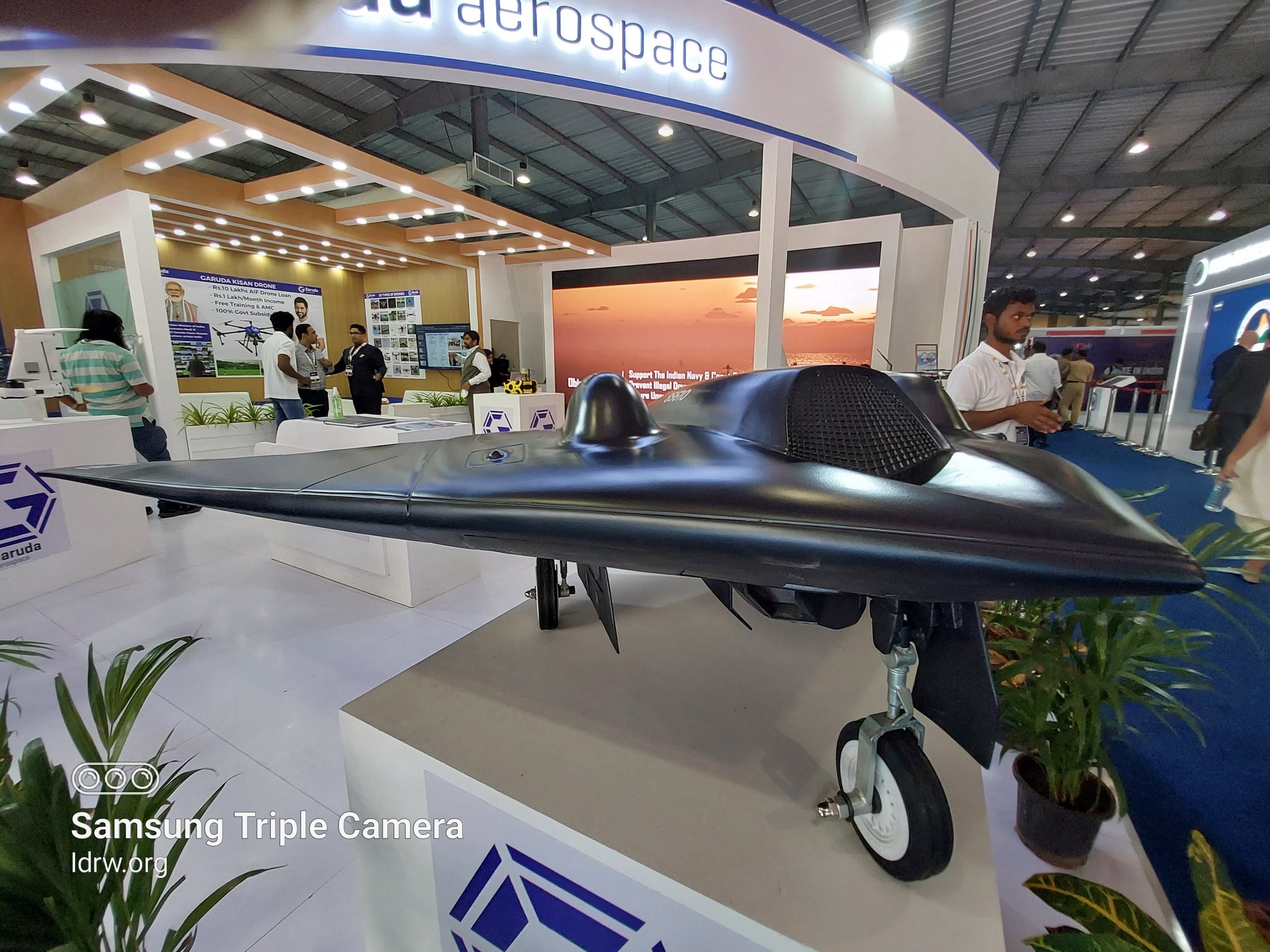
India has taken a significant stride in bolstering its defense capabilities by implementing a ban on the use of Chinese components in the production of military drones by domestic manufacturers. The decision was driven by concerns surrounding security and the need to strengthen indigenous manufacturing in the defense sector. This move not only underscores India’s commitment to self-reliance but also marks a crucial step towards enhancing national security.
The decision was a result of two rounds of deliberations between the Indian government and drone developers. The ban is a response to the growing realization of the potential risks associated with using components sourced from countries that may have interests in accessing sensitive information.
Continue readingSOURCE: RAUNAK KUNDE / NEWS BEAT / IDRW.ORG
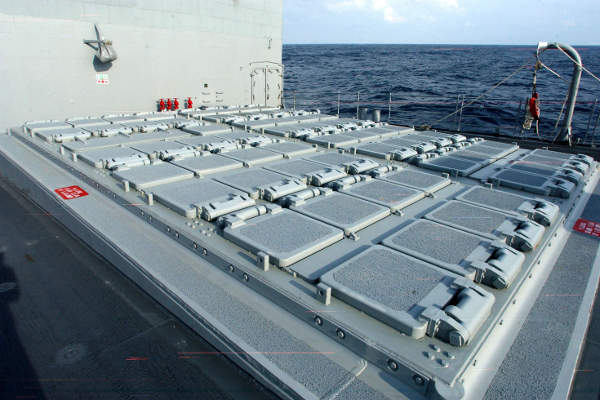
The Defense Research and Development Organisation (DRDO) for a while has been working on a new Long Range Anti-Ship Missile (LRAShM), is poised to revolutionize India’s naval capabilities.
The LRAShM is a game-changing quasi-ballistic trajectory Anti-Ship Missile (AShM) that is currently under fabrication and is scheduled for testing in early 2024. The missile boasts an impressive range of 1500 kilometers, making it a formidable force in combating maritime threats in both littoral and open sea regions.
Continue readingSOURCE: RAUNAK KUNDE / NEWS BEAT / IDRW.ORG
Hindustan Aeronautics Limited (HAL) has been working on a crucial indigenous project – the Hindustan Turbo Fan Engine (HTFE-25) for a while now. The HTFE-25 engine development program, which is entirely self-funded by HAL, has been progressing steadily. The engine’s design and development were initiated by HAL in 2013-14, with an ambitious timeline of completing it within six years. The company set its sights on developing a powerful and versatile engine that could be utilized in a wide range of aircraft configurations.
The HTFE-25 engine is designed to deliver a thrust of 25 kN, making it suitable for both single-engine and twin-engine aircraft. HAL envisions its application on aircraft weighing up to 5 tons in a single-engine configuration and up to 9 tons in a twin-engine setup.
Continue readingSOURCE: RAUNAK KUNDE / NEWS BEAT / IDRW.ORG
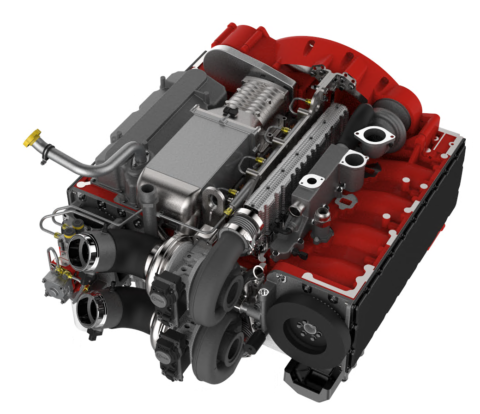
In a surprising turn of events, India’s ambitious Light Battle Tank project, codenamed Project Zorawar, has encountered an unexpected hurdle. According to a recent report by Times Now, the designers of the tank have decided to replace the originally planned German-origin MTU engine with the Cummins Advanced Combat Engine (ACE) in the prototype of the Light Battle Tank. While the exact reasons behind this abrupt change have not been officially disclosed, speculation suggests it might be due to supply chain issues, prompting the need for a last-minute switch.
The decision to replace the engine on the prototype, which was initially slated for rollout later this month, is likely to introduce delays in the project’s timeline. The change entails not only replacing the engine itself but also requires a comprehensive assessment and adjustment of the tank’s internal components to accommodate the new engine’s specifications.
Continue readingSOURCE: RAUNAK KUNDE / NEWS BEAT / IDRW.ORG

In a recent media interaction, Dr Samir V Kamat, the Chairman of the Defence Research and Development Organisation (DRDO), provided valuable insights into the much-anticipated Arjun MkII Main Battle Tank (MBT). This tank, which has been the focus of intense development and research, promises to be a game-changer for the Indian Army with its advanced features and cutting-edge technology.
Dr Kamat confirmed that the development of the Arjun MkII is currently underway and making significant progress. The tank is expected to enter production sometime in 2030, marking a major milestone for India’s indigenous defence capabilities. The Arjun MkII is a step ahead of its predecessor, the Arjun Mark 1-A, which was ordered by the defence ministry in 2021. While the Mark 1-A boasts 68 tonnes in weight and incorporates 72 new features, it is considered an interim Main Battle Tank until the much-improved Arjun MkII is ready for production.
Continue readingSOURCE: RAUNAK KUNDE / NEWS BEAT / IDRW.ORG
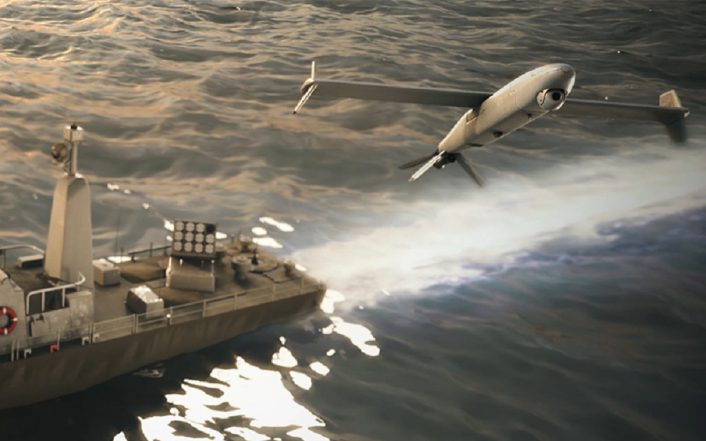
The Indian Navy is gearing up to bolster its maritime capabilities with cutting-edge technology by planning to equip its upcoming Next Generation Missile Vessels (NGMV) with long-range loitering munition. To enhance the operational capabilities of the NGMVs, the Indian Navy is in talks with Indian private sector companies that have already developed loitering munition for the Indian Army and Indian Air Force.
The incorporation of loitering munition on the NGMVs will provide the Navy with selective actionable response capabilities, allowing them to conduct precise and effective operations in critical maritime scenarios.
Continue readingSOURCE: RAUNAK KUNDE / NEWS BEAT / IDRW.ORG
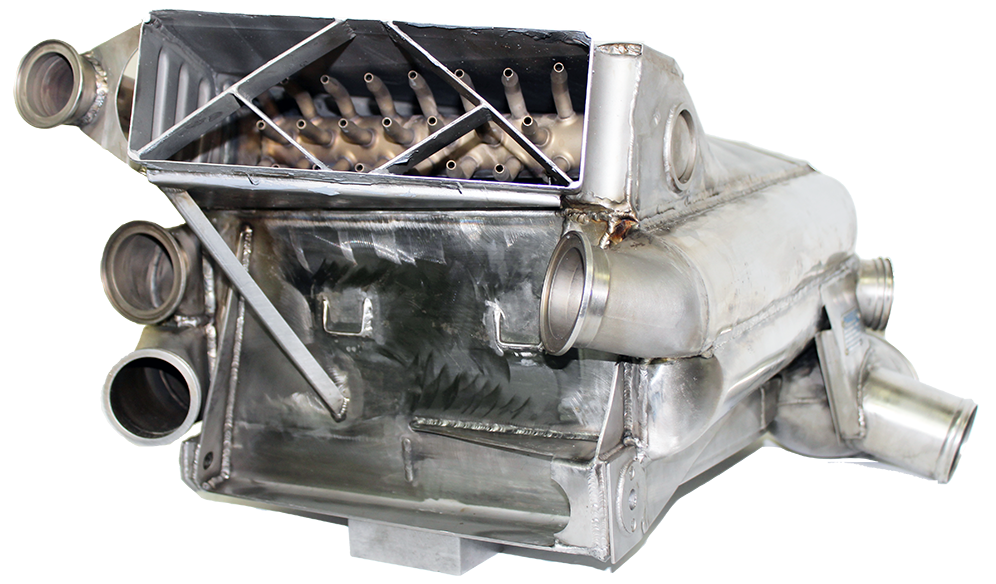
Bharat Heavy Electricals Limited (BHEL) has added another feather to its cap by securing a prestigious order for the supply of Compact Heat Exchanger sets for India’s ambitious Advanced Medium Combat Aircraft (AMCA) fighter jet program. The order has been placed by Hindustan Aeronautics Limited (HAL), India’s premier aerospace and defence company.
The contract entails BHEL undertaking the manufacturing, assembly, testing, and supply of Compact Heat Exchangers that will be installed in the AMCA fighter jet program aircraft. The AMCA is a state-of-the-art indigenous fighter aircraft being developed by HAL in collaboration with the Aeronautical Development Agency (ADA), Bangalore. Once the AMCA program receives clearance from the Cabinet Committee on Security (CCS), HAL will commence the production of the aircraft, incorporating the critical heat exchangers supplied by BHEL.
Continue readingSOURCE: RAUNAK KUNDE / NEWS BEAT / IDRW.ORG

The Aeronautical Development Agency (ADA) has achieved a significant milestone in the development of the Tejas Mk2 as it received formal authority to commence work on the prototype. This comes after concluding the engine deal with GE Aerospace, a crucial step towards realizing the next-generation fighter aircraft for the Indian Air Force (IAF). As per an aggressive schedule, Hindustan Aeronautics Limited (HAL) will be responsible for manufacturing six prototypes to meet the set timeline agreed upon by the IAF, ADA, and HAL.
The development plan entails manufacturing six prototypes to achieve Initial Operational Clearance (IOC) standards within three years from the first flight. This tight timeline is strategically designed to streamline the production process and ensure the aircraft enters production within a small window of time. With the formal authority in place, the prototype’s work is progressing well, and it is slated to take flight in 2025. Subsequently, five more prototypes will be developed at intervals of 6-8 months, a move aimed at fast-tracking the program.
Continue readingSOURCE: RAUNAK KUNDE / NEWS BEAT / IDRW.ORG
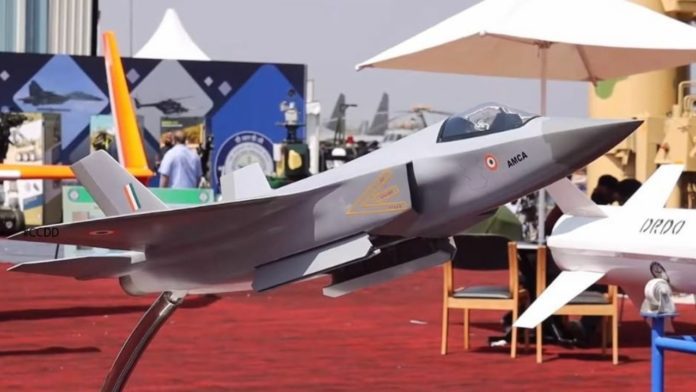
The Aeronautical Development Agency (ADA) has confirmed that the AMCA Mk1 fuselage has been meticulously optimized to accommodate GE Aerospace’s powerful 98 kN F414-INS6 engine, setting the stage for its advancement.
Notably, the AMCA Mk2 variant, which is envisioned to feature an even more potent 110 kN engine, will require minimal modifications to its air intakes and fuselage. ADA has taken a proactive approach by drawing on the geometry and configuration of the Mk1 to ensure a seamless transition to the higher-powered engine without any delays in testing and production.
Continue readingSOURCE: RAUNAK KUNDE / NEWS BEAT / IDRW.ORG
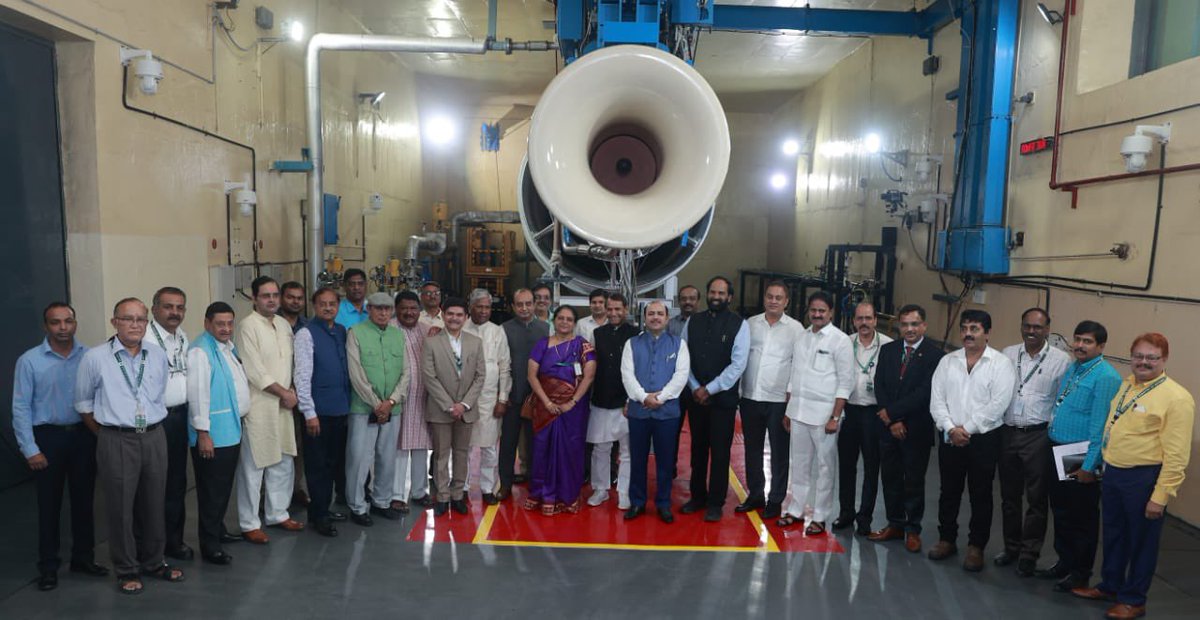
India’s Gas Turbine Research Establishment (GTRE) has taken a significant step in advancing its capabilities by upgrading its test cell to accommodate American F414-INS6 engines. This development comes as part of India’s efforts to indigenously manufacture and integrate these engines for the Tejas Mk 2 and Advanced Medium Combat Aircraft (AMCA) Mk I fighter jet programs, bolstering the Indian Air Force’s (IAF) combat capabilities.
The GTRE, a premier research organization under the Defence Research and Development Organisation (DRDO), has invested in upgrading the test cell with a secondary power system cradle, making it capable of conducting performance tests for the powerful F414-INS6 engines. These engines, manufactured by GE Aerospace, possess a thrust capability of 98 kN, making them well-suited to power advanced fighter aircraft like the Tejas Mk 2 and AMCA Mk I.
Continue readingSOURCE: RAUNAK KUNDE / NEWS BEAT / IDRW.ORG
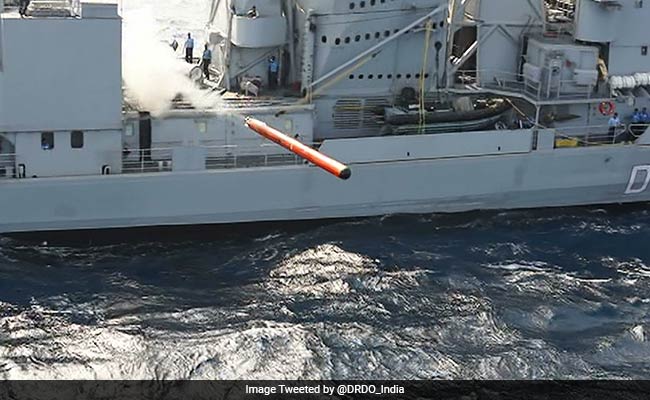
The Naval Science & Technological Laboratory (NSTL), a premier DRDO lab, has been at the forefront of developing cutting-edge naval technologies for the Indian Navy. After the successful development and induction of the Ship-launched Varunastra heavy-weight torpedo, NSTL has now set its sights on creating a new next-generation submarine-launched torpedo.
The Ship-launched Varunastra torpedo, which has been inducted into the Indian Navy since 2016, has already demonstrated its prowess in over 150 trials. With this achievement, India joined the elite club of eight countries that have developed their heavy-weight torpedoes. However, developing a torpedo for a submarine launch presents its own unique set of challenges, requiring much smaller dimensions to fit within the compact space of a submarine.
Continue reading